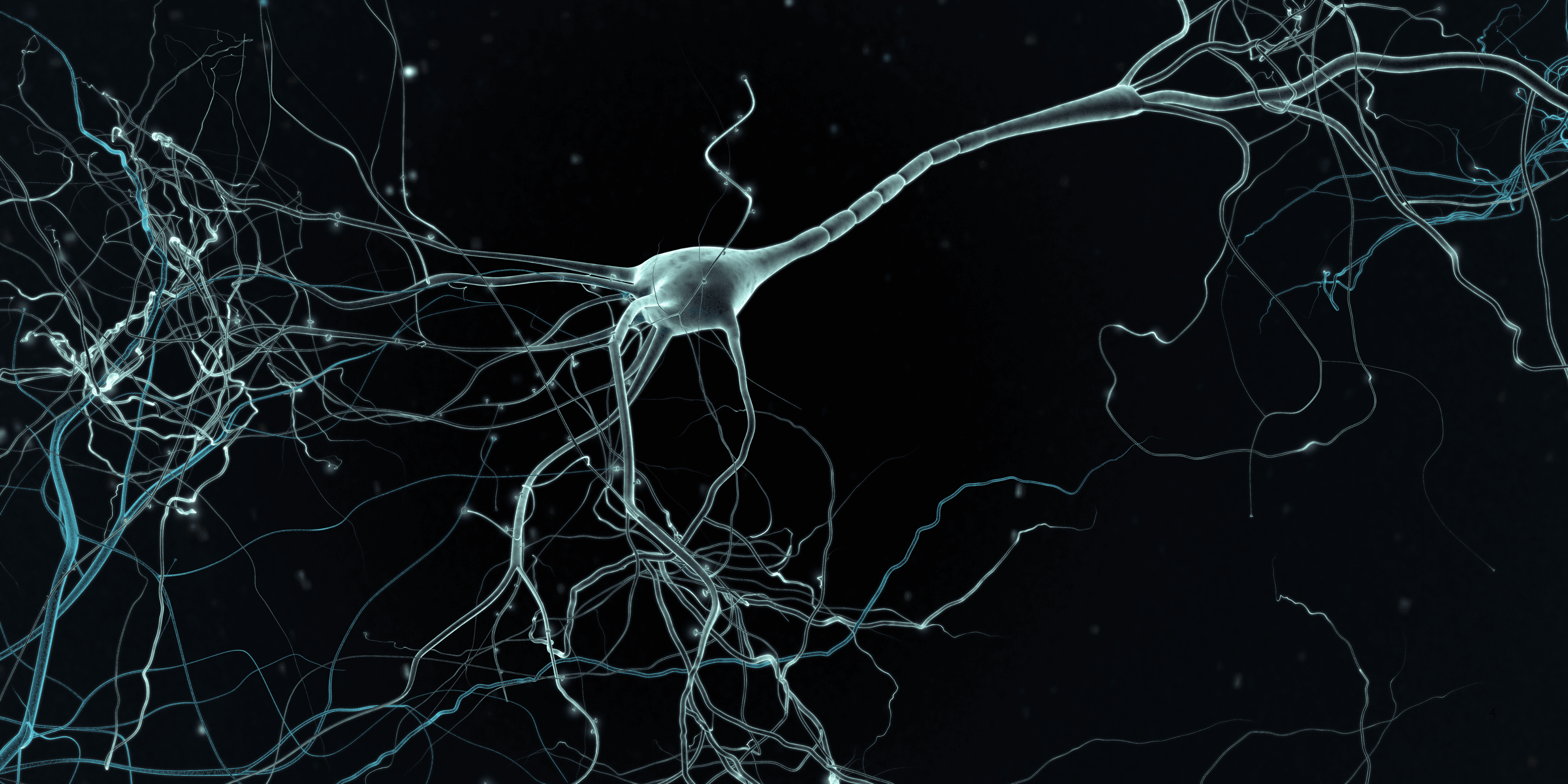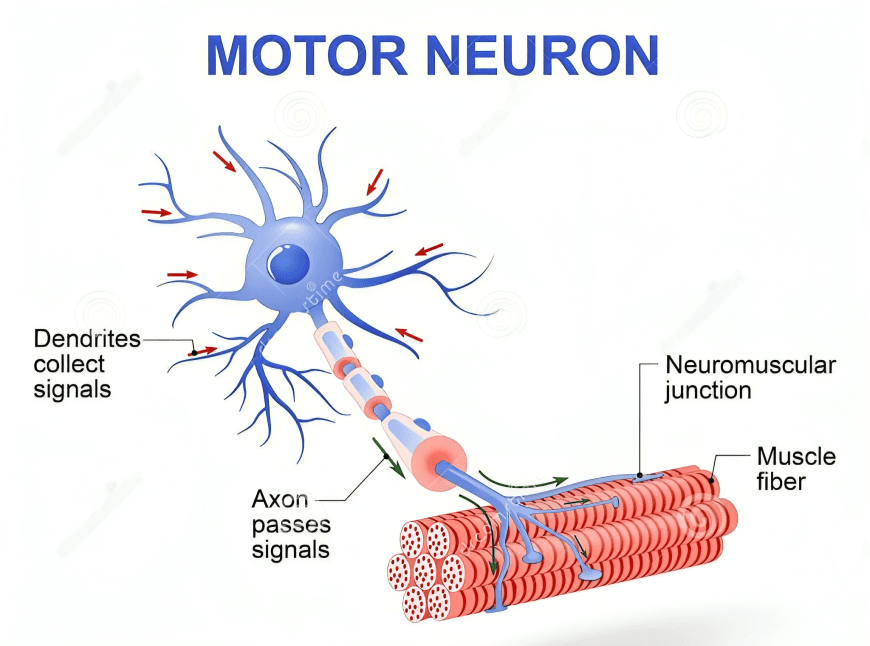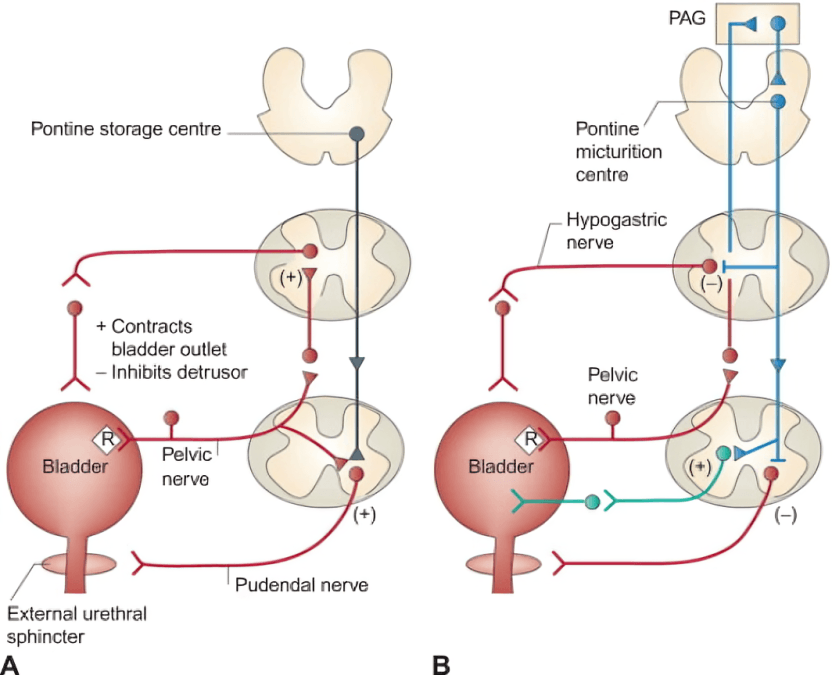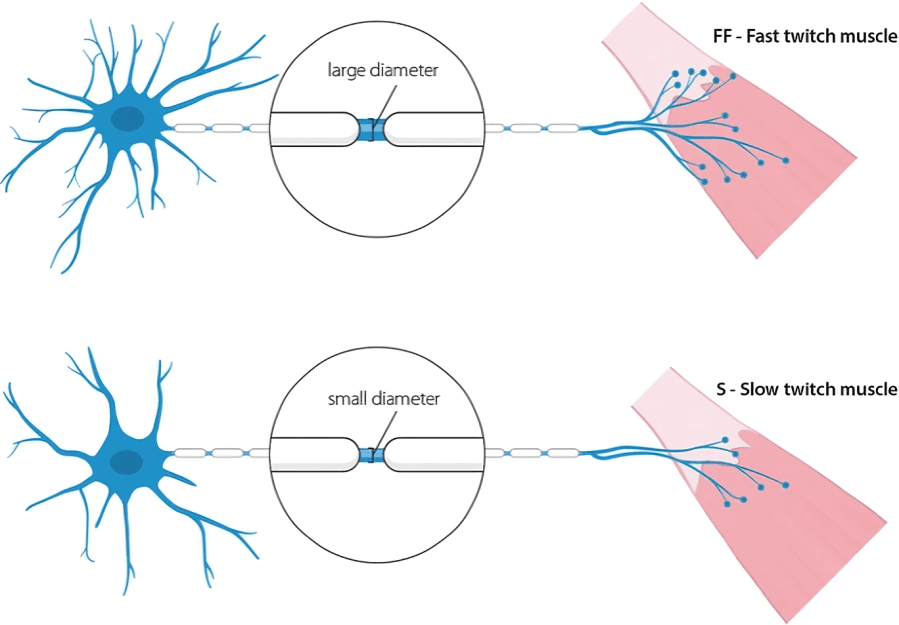
“
The nervous system relies on three key players—sensory neurons, motor neurons, and interneurons—to send and receive information between the brain, spinal cord, and body. Understanding the types of neurons: sensory, motor, interneurons is crucial for exploring how we sense, move, and react in daily life. Each type plays a unique role, ensuring every message travels accurately and efficiently.1
1
”
Greek physician Galen once observed how different body movements relied on invisible cords, a theory now echoed in how motor neurons activate muscles by transmitting signals from the brain and spinal cord. 1
Sensory neurons are specialized to detect environmental input like touch, heat, or light. They convert this data into electrical signals sent to the brain for interpretation and reaction. 2

Motor neurons send electrical impulses from the brain and spinal cord to muscles and glands. These neurons are essential for voluntary movement, like walking, and involuntary actions, like breathing.
Interneurons are the bridge builders of the nervous system. Found mainly in the spinal cord and brain, they relay signals between sensory and motor neurons, helping form reflexes and complex thoughts. 3
The human body contains over 100 billion neurons, but interneurons vastly outnumber sensory and motor neurons, highlighting their importance in managing complex neural processes and thinking patterns. 4
Sensory neurons possess unique receptor endings that respond to specific stimuli—thermoreceptors for temperature, mechanoreceptors for touch, and nociceptors for pain—making them the first link in sensation. 5
A motor neuron's cell body resides in the central nervous system, but its long axon extends all the way to the muscle fibers it controls, sometimes reaching lengths over a meter. 6
Interneurons come in various forms, including excitatory and inhibitory types. Their ability to modulate signals is key to preventing overstimulation or maintaining balance in the brain’s circuits. 7
Damage to sensory neurons can result in numbness, tingling, or even complete loss of sensation, showing how vital they are in detecting and transmitting external stimuli to the brain. 8

Inhibitory interneurons in the spinal cord help regulate pain perception by limiting how much pain-related signal passes upward, which explains why rubbing a wound can reduce the sensation
Each motor neuron controls a set of muscle fibers called a motor unit. The strength of a muscle contraction depends on how many motor units are activated simultaneously. 9
Sensory neurons reside in ganglia just outside the spinal cord. These ganglia house the cell bodies that support signal transmission toward the central nervous system. 10
Interneurons also play a vital role in memory formation. Their ability to form and remodel networks allows us to retain, process, and retrieve learned information effectively. 11
Sensory neurons involved in vision are known as photoreceptors, and they respond specifically to light. Without them, our ability to see and interpret the visual world wouldn't exist.12

Fast motor neurons trigger quick, forceful muscle contractions like sprinting, while slow motor neurons control actions requiring endurance, like posture maintenance.
Some interneurons in the brain connect distant brain regions, making it possible to integrate thoughts, emotions, and sensory data for intelligent decision-making and creativity. 13
Specialized sensory neurons called proprioceptors detect body position and movement. They're essential for coordination, balance, and athletic performance without constantly needing visual cues. 14
During embryonic development, interneurons help shape neural circuits by guiding which sensory and motor neurons connect, laying the foundation for efficient brain-body communication. 15
Spinal interneurons are key players in locomotion. They form rhythmic circuits called central pattern generators, which help automate walking or running without conscious effort.16
Philosopher René Descartes speculated that nerve signals involved “animal spirits.” While outdated, his interest sparked centuries of exploration into what we now know as neuron types and their intricate roles. 17


